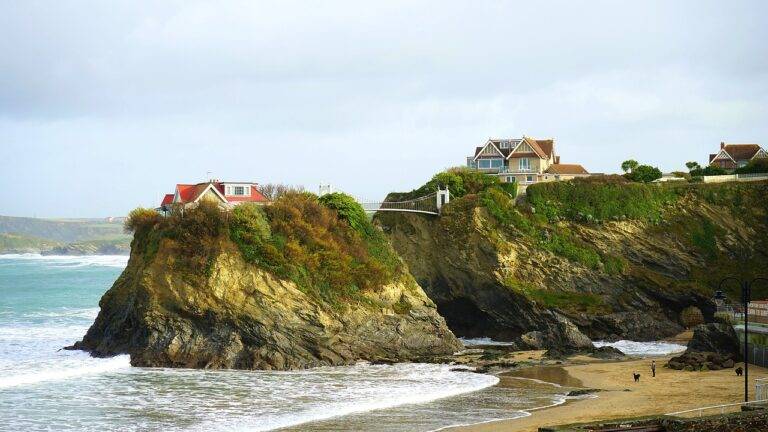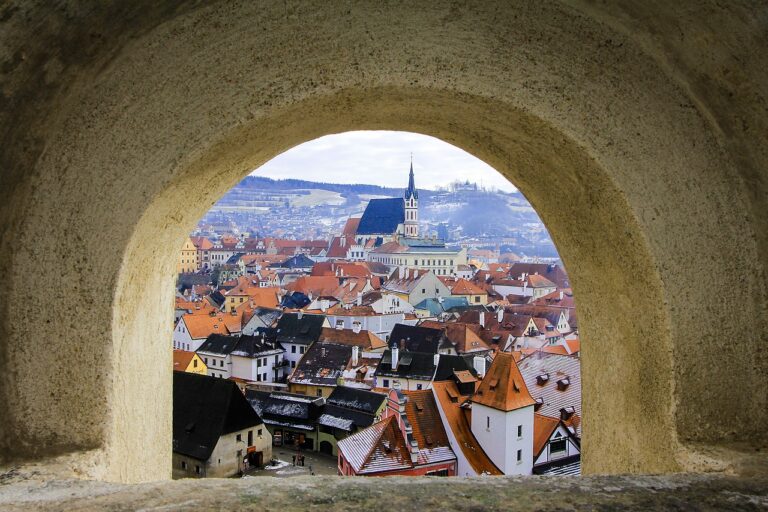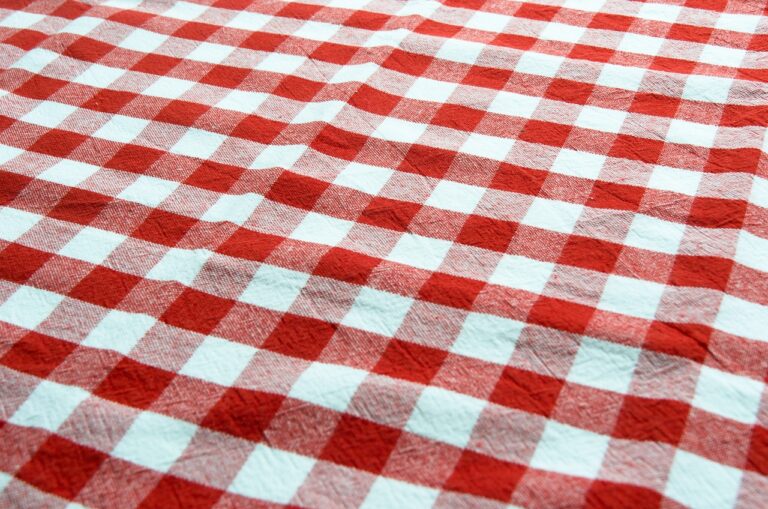Designing with Native Grasses: Sustainable Alternatives
11xplay reddy login password, tigerexch247, betbook 1:Designing with Native Grasses: Sustainable Alternatives
In recent years, the importance of sustainable landscaping practices has been gaining traction as individuals and organizations seek eco-friendly alternatives for their outdoor spaces. One such sustainable option that is gaining popularity is designing with native grasses. Native grasses offer numerous benefits, including water conservation, habitat creation for wildlife, and low maintenance requirements. In this article, we will explore the advantages of using native grasses in your landscaping designs, as well as provide tips and ideas for incorporating them into your outdoor spaces.
Benefits of Using Native Grasses
1. Water Conservation
Native grasses are well-adapted to the local climate and soil conditions, making them naturally drought-tolerant. Unlike traditional turf grasses, which often require frequent watering to thrive, native grasses can survive on natural rainfall once established. This not only reduces water consumption but also helps to prevent soil erosion and runoff, promoting a healthier ecosystem.
2. Wildlife Habitat
Native grasses provide essential habitat and food sources for local wildlife, including birds, butterflies, and insects. By incorporating native grasses into your landscaping, you can attract a variety of beneficial species to your yard, creating a biodiverse environment that supports ecological balance.
3. Low Maintenance
One of the most significant advantages of using native grasses is their low maintenance requirements. Once established, native grasses typically require minimal watering, fertilizing, and mowing, saving you time and resources in the long run. This makes them an excellent choice for busy homeowners or organizations looking to reduce their environmental impact.
Tips for Designing with Native Grasses
1. Choose the Right Species
When incorporating native grasses into your landscaping design, it’s essential to select species that are well-suited to your specific climate and soil conditions. Consider factors such as sun exposure, drainage, and space requirements when choosing which grasses to plant. Consulting with a local nursery or landscape designer can help you determine the best native grasses for your area.
2. Create Naturalistic Plantings
Native grasses look best when planted in drifts or sweeps, mimicking their natural growth patterns in the wild. Avoid planting them in straight lines or formal patterns, as this can detract from their organic beauty. Instead, group native grasses in clusters of varying heights and textures to create a more naturalistic and visually appealing landscape.
3. Mix with Other Plants
Native grasses pair well with a variety of other native plants, shrubs, and trees, creating a dynamic and diverse landscape. Consider mixing grasses with wildflowers, sedges, and ferns to add color, texture, and interest to your outdoor spaces. This can help attract pollinators, support wildlife, and create a thriving ecosystem in your yard.
4. Consider Seasonal Interest
Native grasses offer year-round interest in the landscape, with many species displaying unique characteristics throughout the seasons. Choose a mix of grasses that provide visual appeal during different times of the year, such as vibrant fall foliage, interesting seed heads in winter, or delicate blooms in spring and summer. This can help create a dynamic and ever-changing landscape that keeps your outdoor spaces looking beautiful year-round.
5. Provide Adequate Maintenance
While native grasses are low maintenance compared to traditional turf grasses, they still require some care to thrive. Regularly monitor your grasses for signs of pests, diseases, or invasive species, and address any issues promptly. Periodically remove dead or damaged growth, divide overcrowded clumps, and mulch around the base of the plants to retain moisture and suppress weeds. With proper maintenance, your native grasses will continue to flourish and enhance your landscape for years to come.
6. Celebrate Native Grasses
Incorporating native grasses into your landscaping is not only a sustainable choice but also a way to celebrate the natural beauty and diversity of your local environment. By supporting native plants and creating healthy habitats for wildlife, you can help preserve and protect the ecosystems that make your region unique. Embrace the beauty of native grasses in your outdoor spaces and inspire others to do the same.
FAQs
Q: Can I use native grasses in my urban garden or small backyard?
A: Yes, native grasses can be a great addition to urban gardens and small backyards, providing aesthetic appeal, ecological benefits, and low maintenance requirements. Choose compact or dwarf species that fit your space constraints and design preferences, and enjoy the beauty of native grasses in even the smallest outdoor areas.
Q: Are native grasses invasive or difficult to control?
A: Unlike some non-native grasses that can become invasive and outcompete native vegetation, native grasses are well-behaved and generally easy to control. By planting a diverse mix of species, creating well-defined planting areas, and providing proper maintenance, you can prevent native grasses from spreading uncontrollably and maintain a healthy balance in your landscape.
Q: How can I learn more about native grasses in my area?
A: To learn more about native grasses in your region, consider contacting local botanical gardens, nature centers, or native plant societies for information and resources. You can also consult online databases, field guides, and plant nurseries that specialize in native plants to discover the best options for your specific climate and soil conditions.
In conclusion, designing with native grasses offers a sustainable and environmentally friendly alternative for landscaping that supports local ecosystems, conserves water, and reduces maintenance costs. By incorporating native grasses into your outdoor spaces and celebrating the beauty of these diverse plants, you can create a healthy and vibrant landscape that benefits both people and wildlife. Embrace the power of native grasses in your landscaping designs and make a positive impact on the environment for generations to come.







